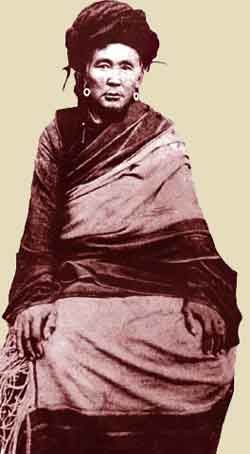by Nicolas Sihlé, Chargé de recherches, Centre d’études himalayennes, CNRS
This paper deals with the figure of Tibetan Tantriste, a Buddhist religious specialist or bönpo, more often called ngakpa in Tibetan. These religious are characterized by (i) their non-monastic state (they are usaually House heads, farmers or ranchers, who engage in parallel in this religious path, most often from father to son), and (ii) by comparison to the monastic clergy, their most exclusive specialization is the practice of tantric rituals.
Often denigrated in the Tibetan literature, the Tantristes are however sought for, some at a high price, as specialists of strong ritual power, and between other rituals of violence: powerful exorcism to remedy the unfortunate (persistent diseases, death series…) or at least in representations, if it doesn’t, sometimes in actual practice €rituals of aggression directed against human enemies. Even though this more violent side may occupy a limited part of the religious activity of a Tantriste, it poses problem in a Buddhist context and strongly connotes the figure of the Tantriste itself.
The datas are taken from surveys focusing mainly on two areas situated at the opposite ends of the Tibetan world: the lower Mustang, a small Tibetan community from the Himalayan periphery (situated in the North of Nepal), and the Repkong, a district located in the heart of a major demographic, cultural and religious center in the North-East of Tibet (today part of the Chinese province of Qinghai).

